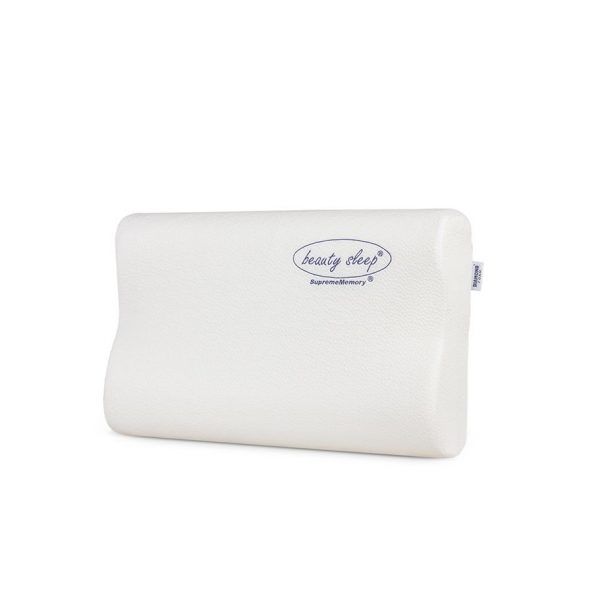A pillow is an indispensable attribute of a sleeping place. Each of us uses it every day, the pillow touches our face every day, so do not forget about its hygiene. It is imperative to adhere to special rules, in the absence of care or its improper implementation, the pillow may lose its properties, appearance, etc. Let’s take a closer look at the conditions of care.
How Do You Know If A Pillow Needs Care?
Firstly, if the pillow has lost its presentable appearance, for example, there are stains on it.
Secondly, if you feel pain in your back, neck, shoulders when you wake up, this is a signal that the filler may have crumpled.
And thirdly, if various rashes, rashes, redness and irritation appear on the face, you should pay attention to the pillow. Perhaps they were provoked by fungus or dust mites.
Rules Of General Care
Try to shake the pillow every day, especially with feather filling, so that it does not roll off.
You can take out the pillow once a week or two to ventilate. For example, on the balcony. But avoid sunlight, and also do not leave the pillow warm.
So, now for cleaning the pillow:
- To prevent the filler from clumping, you need to wash the pillows in cool water, no more than 40°. (But remember that not all pillows can be washed! Pay attention to the label, it will say: you can wash the product or not)
- When washing in a washing machine, it is better to use the delicate “hand wash” mode, or wash by hand.
- When choosing cleaning products, give preference to gel or liquid, because the powder often accumulates in the seams and is poorly soluble. Because of this, the pillow will simply wash poorly, and it is unpleasant to feel powder particles during rest.
- If there is still nothing but powder, then it is better to turn on additional rinsing so that it dissolves properly or dissolve the powder in advance and pour it in liquid form.
- Dry the pillow in the fresh air, do not put it on the radiator and other warm places, avoid sunlight, periodically turn and whip.
Note: If anyone wants to check the price of cervical pillow, just visit the website or search online.
Can A Pillow Cause Allergies?
Our answer is that it cannot. But the allergen can be dust accumulated in the pillow, mold, etc. Pillows made of down and feathers without proper care risk becoming a breeding ground for dust mites, as well as pillows made of wool. However, in addition to containing saprophytes, wool pillows can cause itching and rashes in people with sensitive skin. In this case, it is necessary to limit direct contact of the skin with the product.
Some pillows are made for medicinal purposes and are filled with a variety of herbs, but for some people, they can have the opposite effect. Herbs often have a strong smell, which can cause nasal congestion and allergic rhinitis in allergy sufferers. It is better to be careful when buying such a product.
Are There Hypoallergenic Pillows?
Yes, there are several materials that minimize all the risks of an allergic reaction. These include:
- Polyurethane foam (dust mites do not appear in it).
- Natural latex (has antibacterial properties).
- Memorix (memory foam).
A pillow, like all textiles, needs proper care. If proper attention is not given, then fungus, mold and microorganisms can develop in it, due to which an allergic reaction subsequently appears. To avoid such problems, you need to follow all the rules specified in the article and take care of this pastel attribute.





